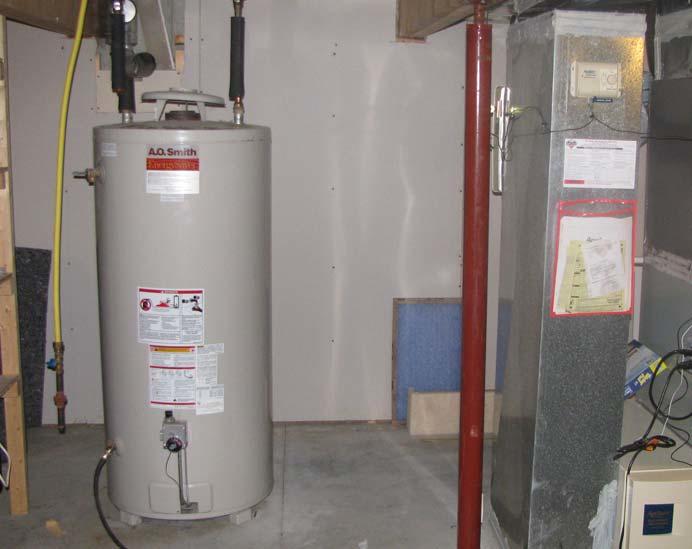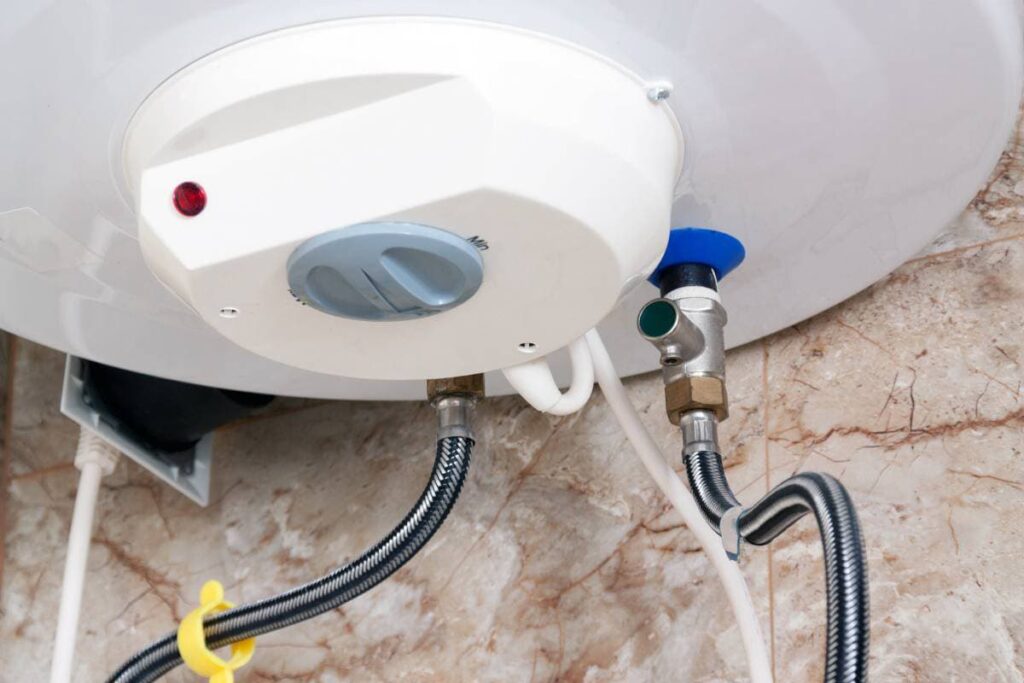Making Sure Durability of Your Home's Hot Water System: Maintenance Tips
Making Sure Durability of Your Home's Hot Water System: Maintenance Tips
Blog Article
What're your ideas on How to Maintain Your Water Heater & Prolong its Life?

Hot water is necessary for daily convenience, whether it's for a refreshing shower or cleaning dishes. To ensure your warm water system runs efficiently and lasts much longer, normal upkeep is key. This short article gives useful ideas and insights on exactly how to keep your home's hot water system to stay clear of disruptions and expensive fixings.
Introduction
Preserving your home's warm water system could seem daunting, but with a couple of straightforward steps, you can ensure it runs efficiently for years to find. This overview covers every little thing from understanding your hot water system to do it yourself upkeep tips and understanding when to call professional help.
Significance of Preserving Your Warm Water System
Normal maintenance not just extends the life expectancy of your warm water system yet additionally guarantees it operates efficiently. Overlooking maintenance can bring about lowered efficiency, higher energy bills, and also early failing of the system.
Indicators Your Warm Water System Needs Maintenance
Knowing when your hot water system needs interest can avoid major problems. Watch out for indications such as irregular water temperature, weird sounds from the heating system, or corroded water.
Purging the Hot Water Heater
Flushing your water heater removes debris accumulation, enhancing effectiveness and prolonging its life.
Checking and Replacing Anode Rods
Anode poles prevent corrosion inside the container. Evaluating and changing them when worn is vital.
Complicated Problems Needing Professional Help
Examples consist of significant leaks, electrical troubles, or if your water heater is consistently underperforming.
Regular Expert Maintenance Benefits
Specialist upkeep can include complete evaluations, tune-ups, and guaranteeing compliance with safety and security requirements.
Examining and Adjusting Temperature Level Setups
Changing the temperature setups makes sure optimal efficiency and security.
DIY Tips for Maintenance
You can execute a number of maintenance jobs yourself to maintain your hot water system in leading problem.
Checking for Leakages
On a regular basis examine pipes and links for leaks, as these can cause water damage and higher expenses.
Understanding Your Warm Water System
Before diving right into maintenance jobs, it's useful to understand the standard components of your warm water system. Generally, this consists of the water heater itself, pipelines, anode rods, and temperature level controls.
Regular Monthly Upkeep Tasks
Routine month-to-month checks can help capture minor problems before they rise.
Evaluating Stress Relief Valves
Checking the stress relief valve guarantees it functions appropriately and prevents extreme stress buildup.
Shielding Pipes
Protecting warm water pipes minimizes heat loss and can save power.
When to Call a Professional
While DIY upkeep is advantageous, some concerns call for professional know-how.
Conclusion
Routine upkeep of your home's warm water system is vital for performance, longevity, and cost financial savings. By adhering to these tips and knowing when to seek specialist help, you can guarantee a trustworthy supply of warm water without unexpected disruptions.
How to Maintain an Instant Hot Water Heater
Before tinkering with your hot water heater, make sure that it’s not powered on. You also have to turn off the main circuit breaker and shut off the main gas line to prevent accidents. Also turn off the water valves connected to your unit to prevent water from flowing into and out of the appliance. 2. When you’re done, you have to detach the purge valves’ caps. These look like the letter “T†and are situated on either side of the water valves. Doing so will release any pressure that has accumulated inside the valves while at the same time avoid hot water from shooting out and burning your skin. 3. When the purge valves’ caps are removed, you have to connect your hosing lines to the valves. Your unit should have come with three hoses but if it didn’t, you can purchase these things from any hardware or home repair shops. You can also get them from retail stores that sell water heating systems. Read the user’s manual and follow it to complete this task properly. When the hosing lines are connected, open the purge port’s valves. 4. You should never use harsh chemical cleaners or solutions when cleaning your unit. Make use of white vinegar instead. It should be undiluted and you’ll probably use about 2 gallons. 5. Now flush your water heater. This task should probably take about 40 minutes. We can’t give you specific directions for this because the procedure is carried out depending on the type, model and brand of your heater. With that being said, refer to the user’s manual. 6. When you’re done draining the unit, you have to turn off the purge port valves again. Remove the hosing lines that you earlier installed on each of the water valves. Put the valve caps (purge port) back in their respective places and be very careful so as not to damage the rubber discs that are found inside these caps. 7. Now that everything’s back in place, check your user’s manual again to find out how to reactivate your water heating system. 8. Once it is working, turn one of your hot water faucets on just to let air pass through the heater’s water supply pipes. Leave the tap on until water flows smoothly out of it. https://www.orrplumbing.com/blog/2014/september/how-to-maintain-an-instant-hot-water-heater/

We had been made aware of that write-up on Tips on Maintaining a Water Heater from someone on our other website. Loved our write-up? Please quickly share it. Let another person discover it. I truly appreciate your readership.
At This Website Report this page